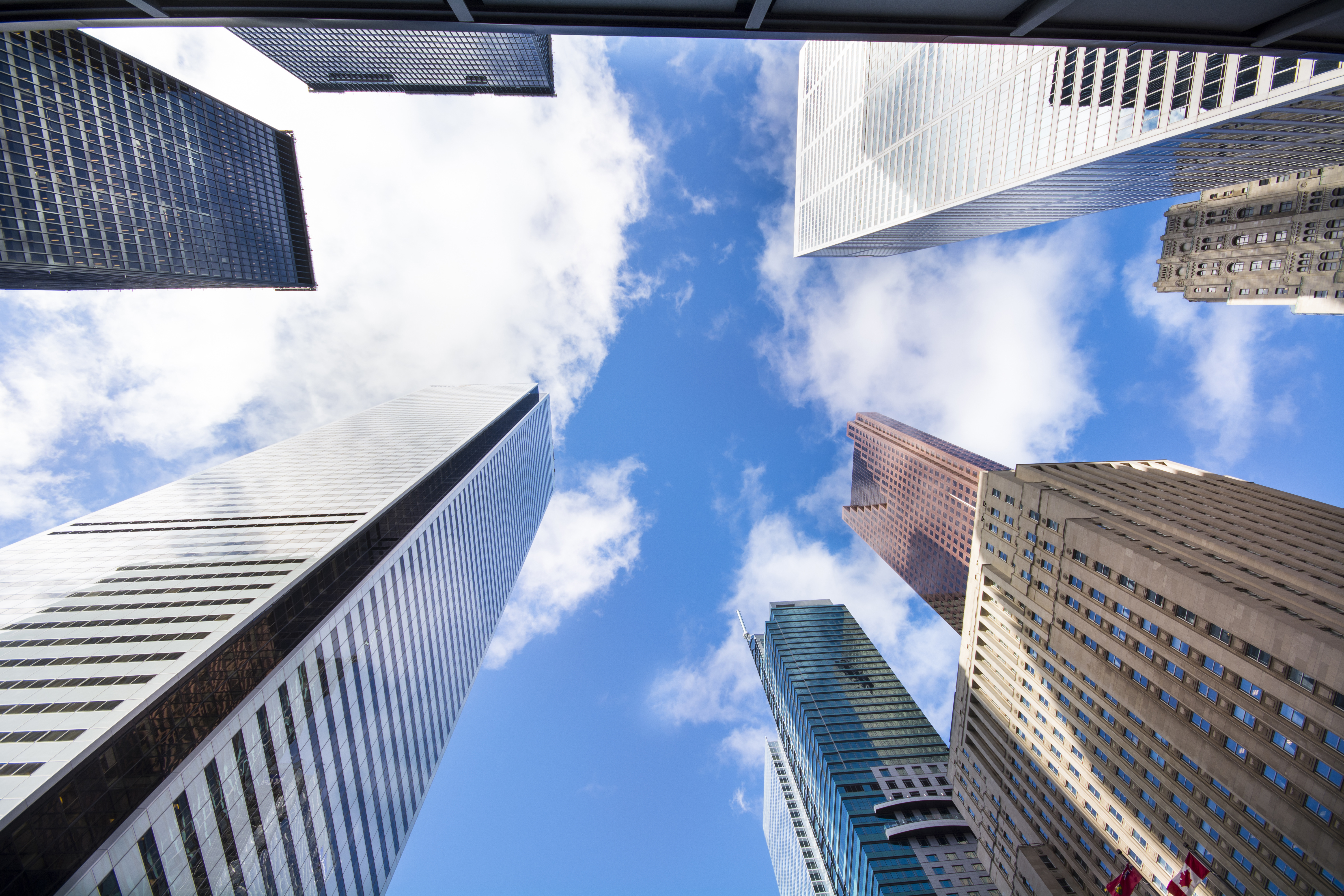Recommended
DFIs will be a crucial component of the global response to COVID-19. As part of our work related to DFC, we aim to continue to give you context and analysis on its activities. While we may not yet know the extent to which these operations will evolve in the coming months related to the coronavirus pandemic, we will strive to continue to provide up to date policy-oriented products on DFC’s role in the broader development finance architecture and COVID-19 response.
In that spirit, On Wednesday, March 11, DFC held its inaugural board meeting and approved its first five projects totaling $881 million in direct financing and political risk insurance.
| Country | Project description | Amount (in millions of $) | Financing instrument | Income | Development Impact |
|---|---|---|---|---|---|
| Singapore | Construction of a 5G-enabled submarine fiber-optic cable to connect Singapore and the US with branches serving Indonesia and Guam (and other jurisdictions in the Indo-Pacific). | 190 | Loan | HIC | Positive |
| Kenya | Support Blue Bonds that establish long-term sources of funding for marine conservation. | 250 | Political Risk Insurance | LMIC | High |
| Santa Lucia | Support Blue Bonds that establish long-term sources of funding for marine conservation. | 100 | Political Risk Insurance | UMIC | High |
| Mexico | Support lEnova’s development and construction of four solar plants. | 241 | Loan | UMIC | High |
| Regional (Columbia, Ecuador, Guatemala, India, Indonesia, Kenya, Mexico, Nigeria, Peru, Uganda) | Support WaterEquity’s Global Access Fund to finance household-level access to clean water and sanitation. | 100 | Loan | Regional | High |
While it is still too early in DFC’s life to make a holistic assessment of the agency’s performance, the projects presented in the first board meeting provide early insights about DFC’s direction of travel.
DFC so far is focusing on upper-middle income countries. Almost 70 percent of the non-regional financing went to upper-middle income or high-income countries. The development case for the projects in UMICs like Santa Lucia and Mexico is fairly evident from the project descriptions, and the marine life projects in particular represent a creative use of DFC’s political risk insurance to achieve strong impact on the conservation-side.
In sharp contrast, the development case for investing in a fiber-optic cable project connecting Singapore (a high-income country) with the US is tenuous. While the BUILD Act does not explicitly prohibit investments in HICs, Congress clearly intended the agency to prioritize support for projects in low and lower-middle income countries—allowing for projects in UMICs that meet a high bar for development. DFC is candid around how the project fits into the broader national security architecture, including developing “geopolitically diverse submarine cable route” that avoids the South China Sea, but doesn’t address the underlying development impact or why development financing is needed for a project connecting high-income economies. In short, the project leaves us concerned that the DFC is positioned so early and quickly as a direct foreign policy tool.
It is disappointing not to see more projects in LICs and LMICs, given the expectation that DFC would be more involved in poorer markets than OPIC. The project in Kenya is the only standalone project benefiting an LMIC and there is not a single standalone project for a LIC (although the regional water project will provide financing for a LIC and several LMICs).
We have long suspected it would take time for DFC to build up a solid pipeline of projects in the more difficult markets, since it takes time to prepare a project and bring it to financial close, especially if significant technical assistance is needed. But, to deliver on the promise of the BUILD Act, the agency needs to maintain a laser focus on building its presence in these countries. Piggybacking off the MDBs, whose in-country footprint make them invaluable portals into frontier markets, could be a smart strategy for DFC as it continues to build its portfolio. Since DFC has signed several MOUs over the past month with multilateral development banks we hope to see some co-financing in low-income and lower-middle-income countries over the next year.
One last aspect we hope DFC will take some additional steps on is transparency. OPIC kept a list of all its active projects on its website, with links to project summaries that described the investment, including project size, financing instrument, and expected development impact. DFC has not yet updated this page, so it is unclear how many projects have so far been approved beyond the March Board projects.
Finally, management should think about how it could make project IQ scores (ex ante development impact scores) public alongside the projects. For instance, it is notable that all the projects documents described the investments has having high impact except the Singapore projects which was described as having positive impact. It would helpful to clarify the different impact categories and the range for the scores (e.g high impact could be 100-85 score, strong could be 84-79, positive could 78-63) and include a narrative explanation supporting its categorizations across the different IQ categories – growth, inclusion, innovation – that could offer further justification.
The next batch of board meeting will likely be in three months in mid-June. We hope to see some big-ticket projects in LICs and LMICs and more explanation around the development rationale of each project.
CGD has a growing body of research and analysis related to the coronavirus. Please visit our landing page to learn more.
Disclaimer
CGD blog posts reflect the views of the authors, drawing on prior research and experience in their areas of expertise. CGD is a nonpartisan, independent organization and does not take institutional positions.
Image credit for social media/web: Center for Global Development






